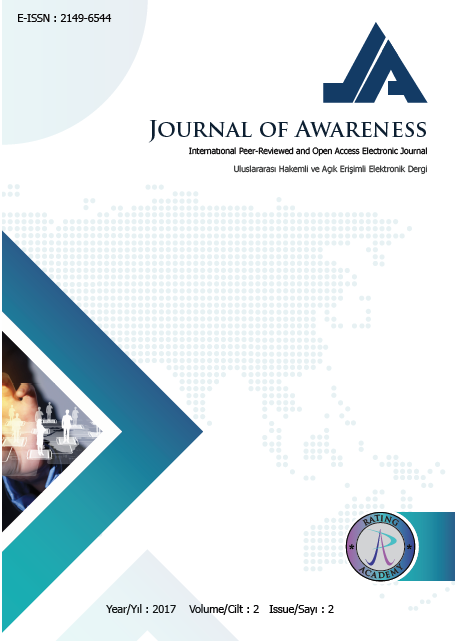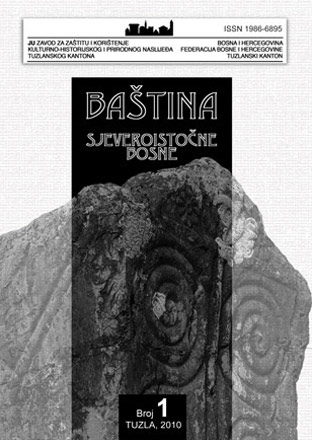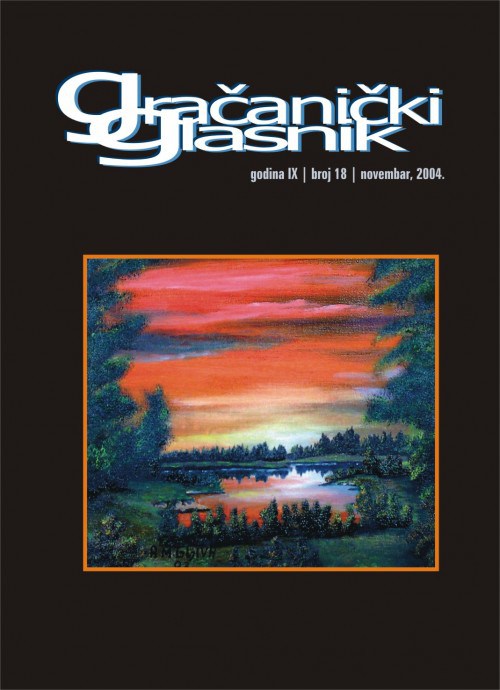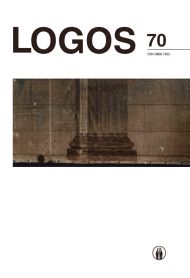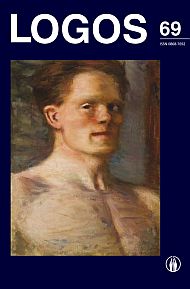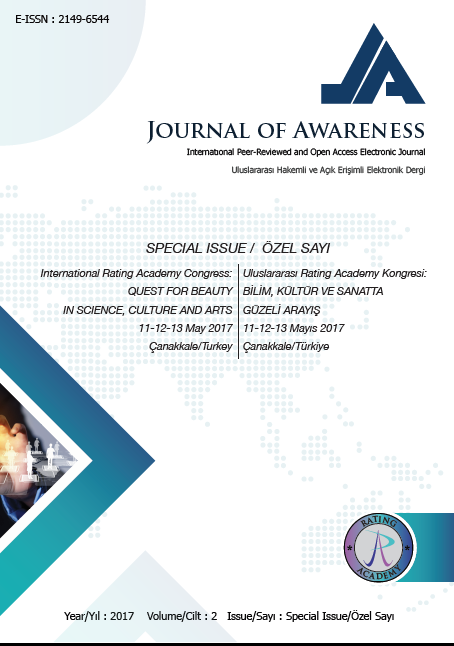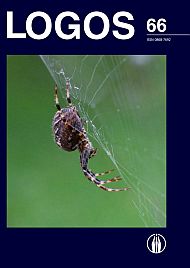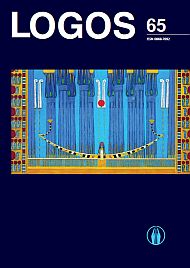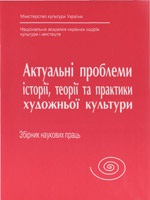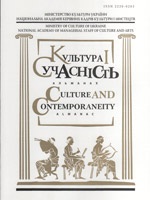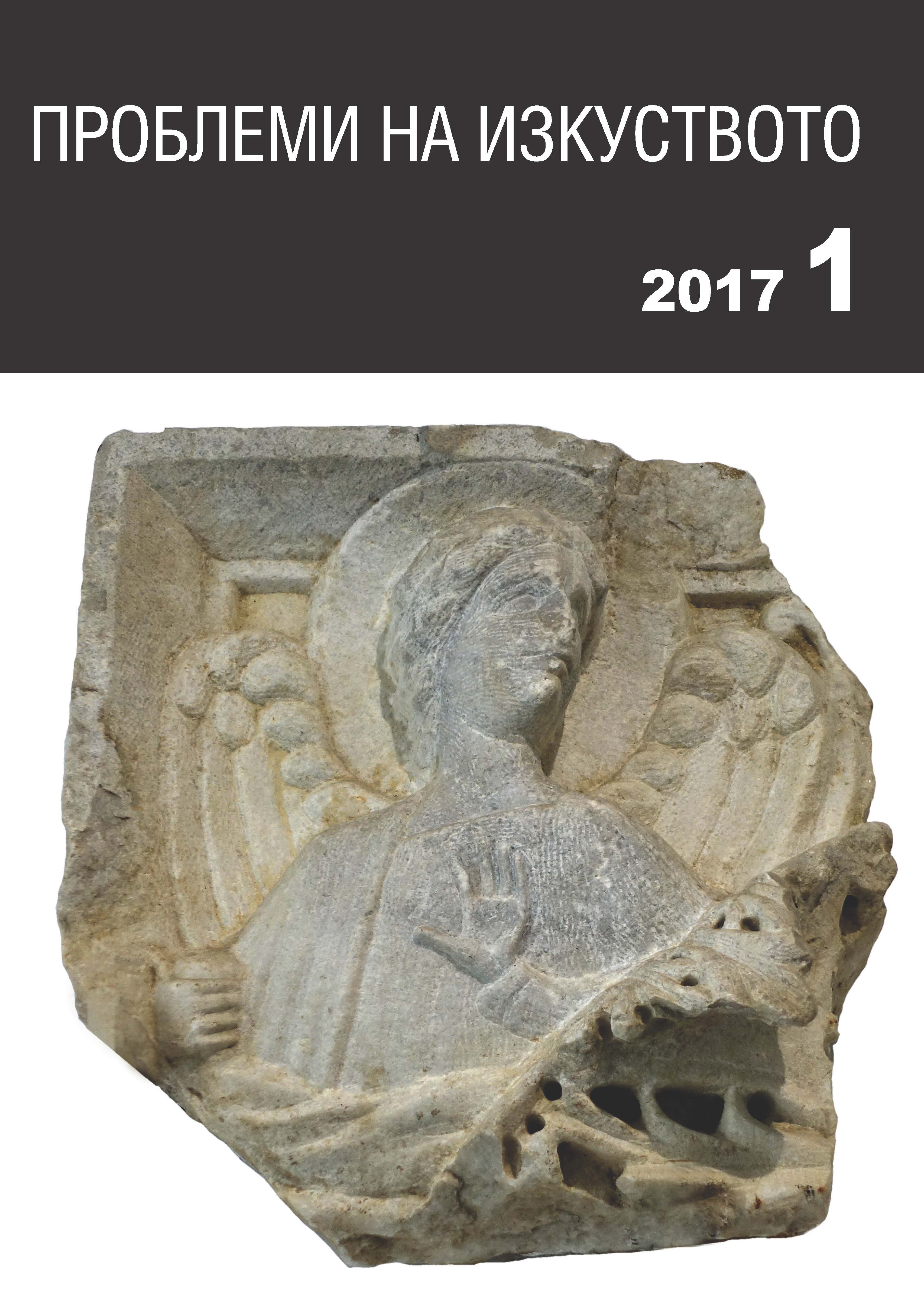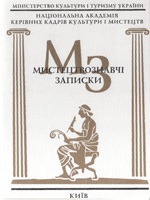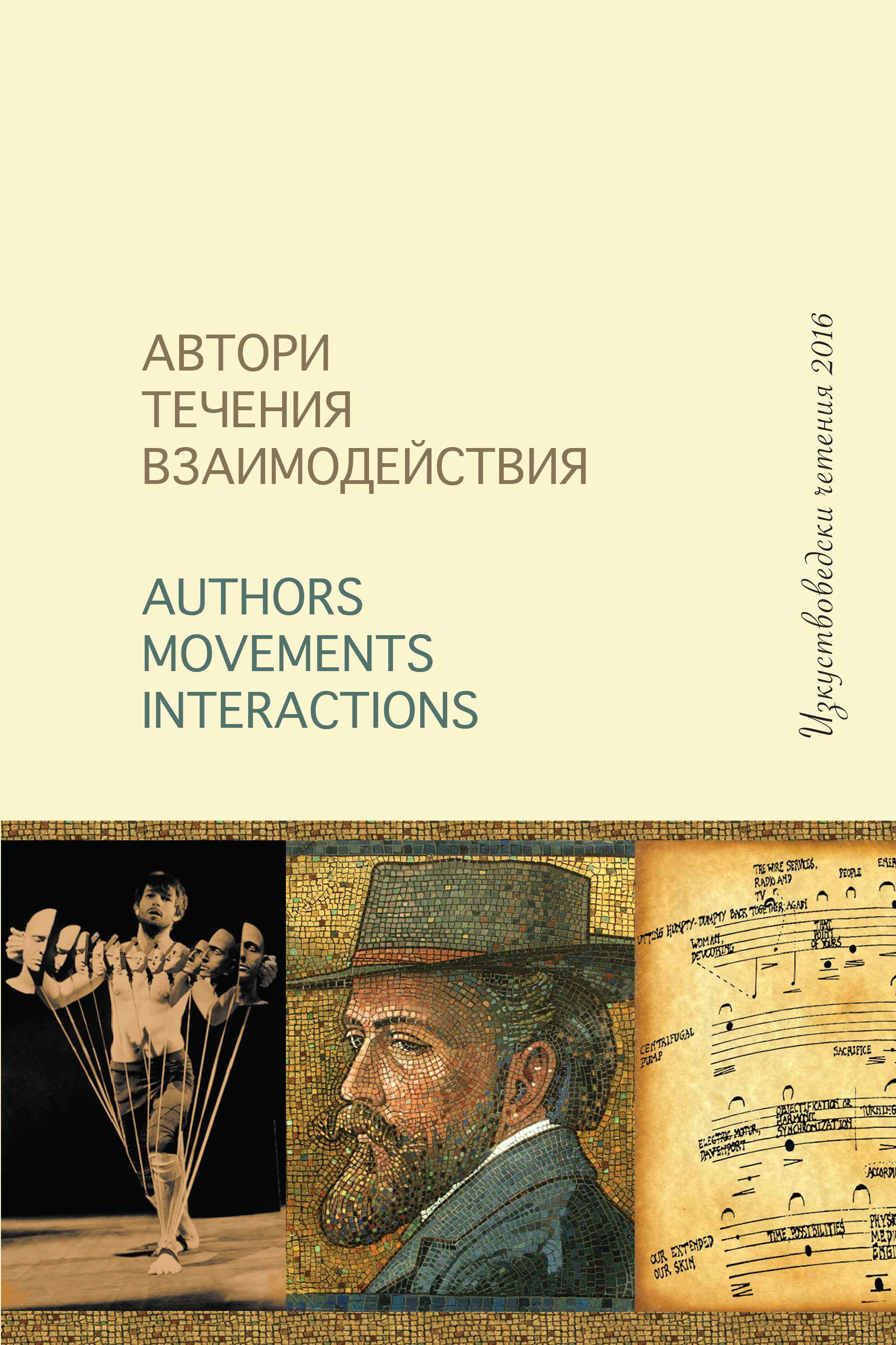
Природата и сакралното пространство. Взаимодействие между природата и архитектурата на съвременните сакрални пространства
The paper deals with the emergence over the recent decades of sacral spaces, the design of which is underpinned by the idea of creating a dialogue between man and nature. The study analyses the architectural solutions to churches and pavilions for observing and communing with nature. It is argued that the said sites are also places for meditation, which can be defined as sacral experience either. The main ways of interplay with nature, underlying the design of a sacral space, are defined as follows: 1. Situating a building in a pre-selected natural environment; 2. Physical presence of natural elements as part of the structure and/or a building’s space, charged with particular symbolism and conveying a message of universal communication; 3. A building’s architectural structure: through framing or accentuating particular natural landscapes or elements, as a way of inclusion, display and communing with nature. For the purpose the paper features several buildings showing different ways of man’s communion with the natural environment, created and staged by means of architecture.
More...
